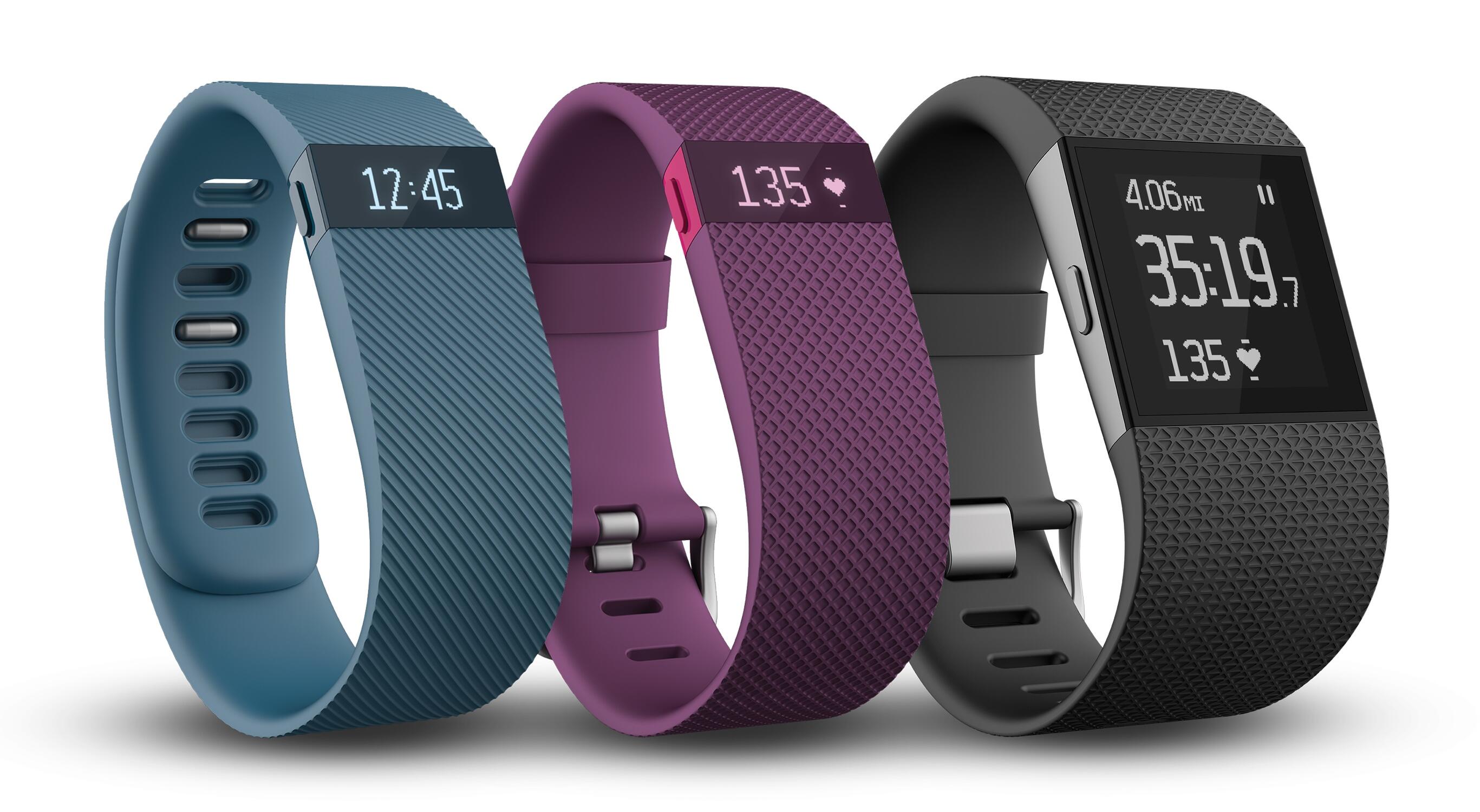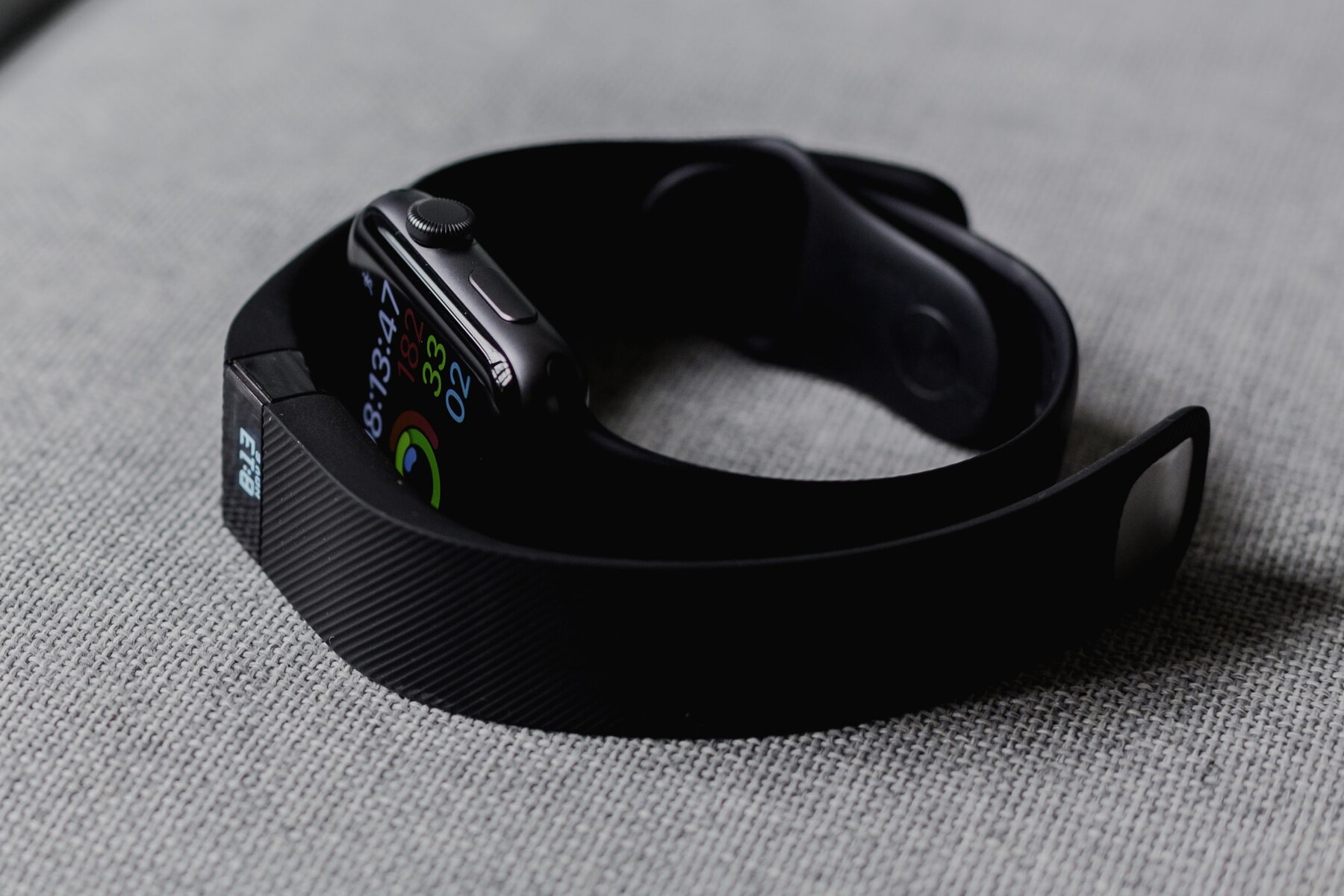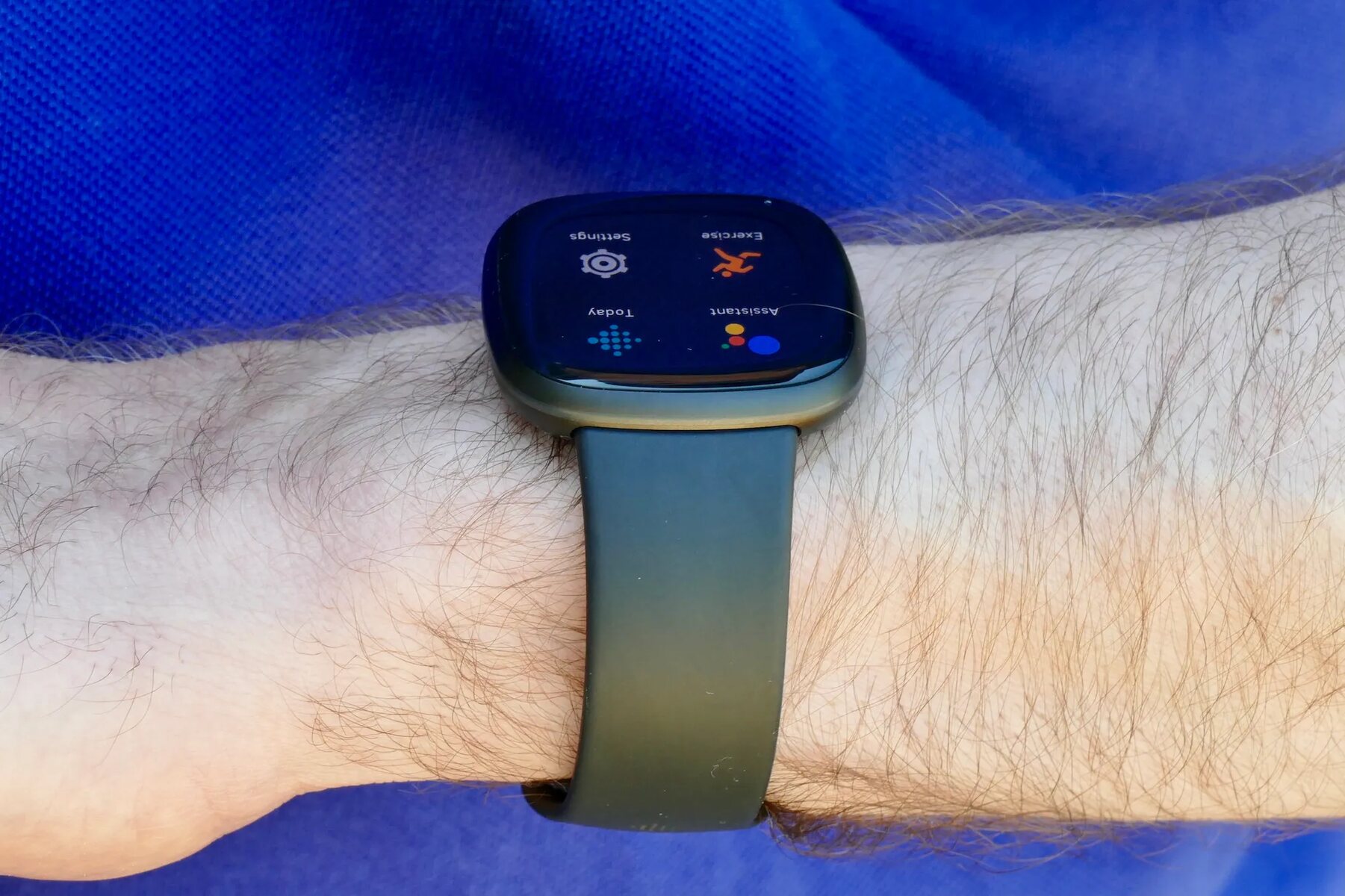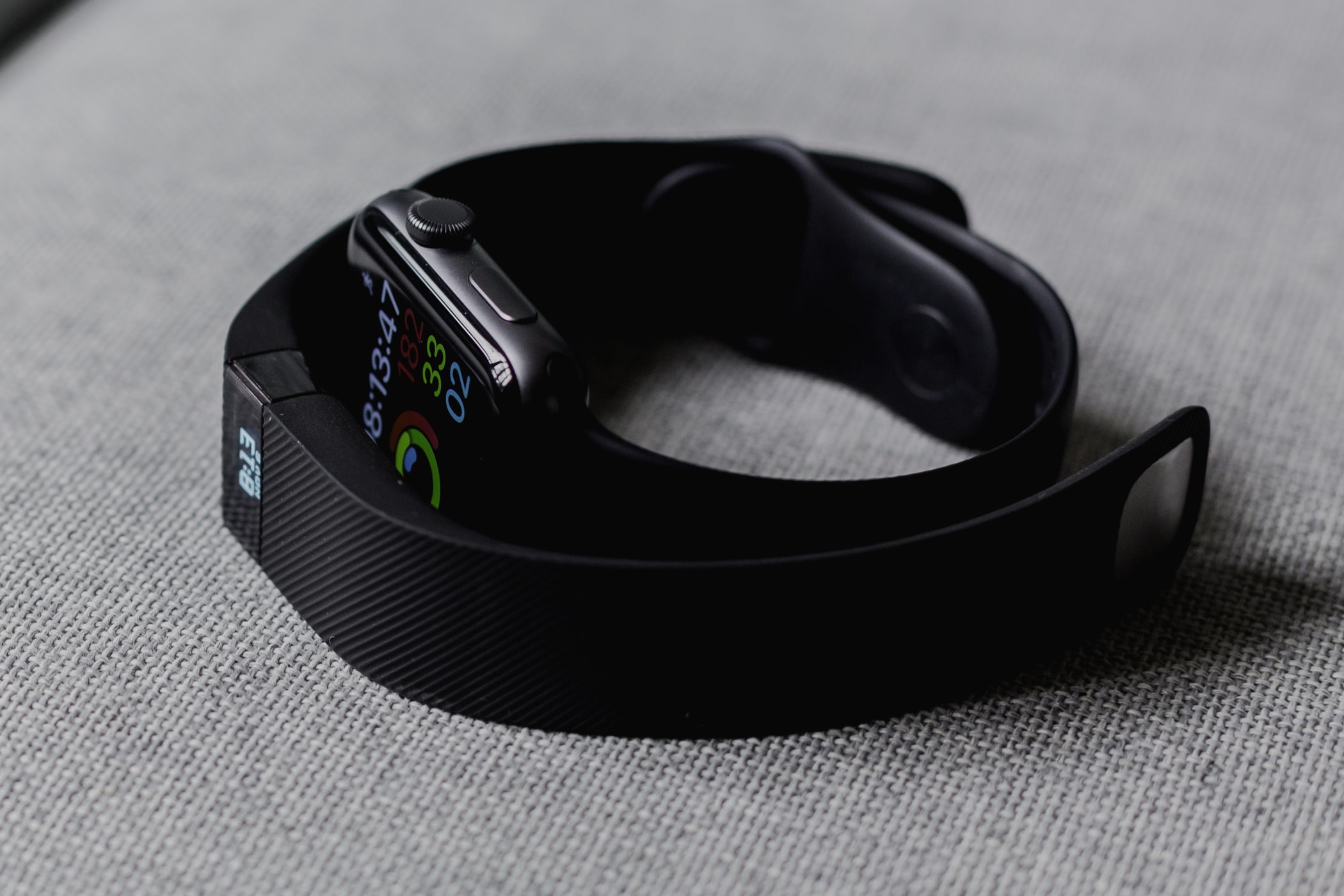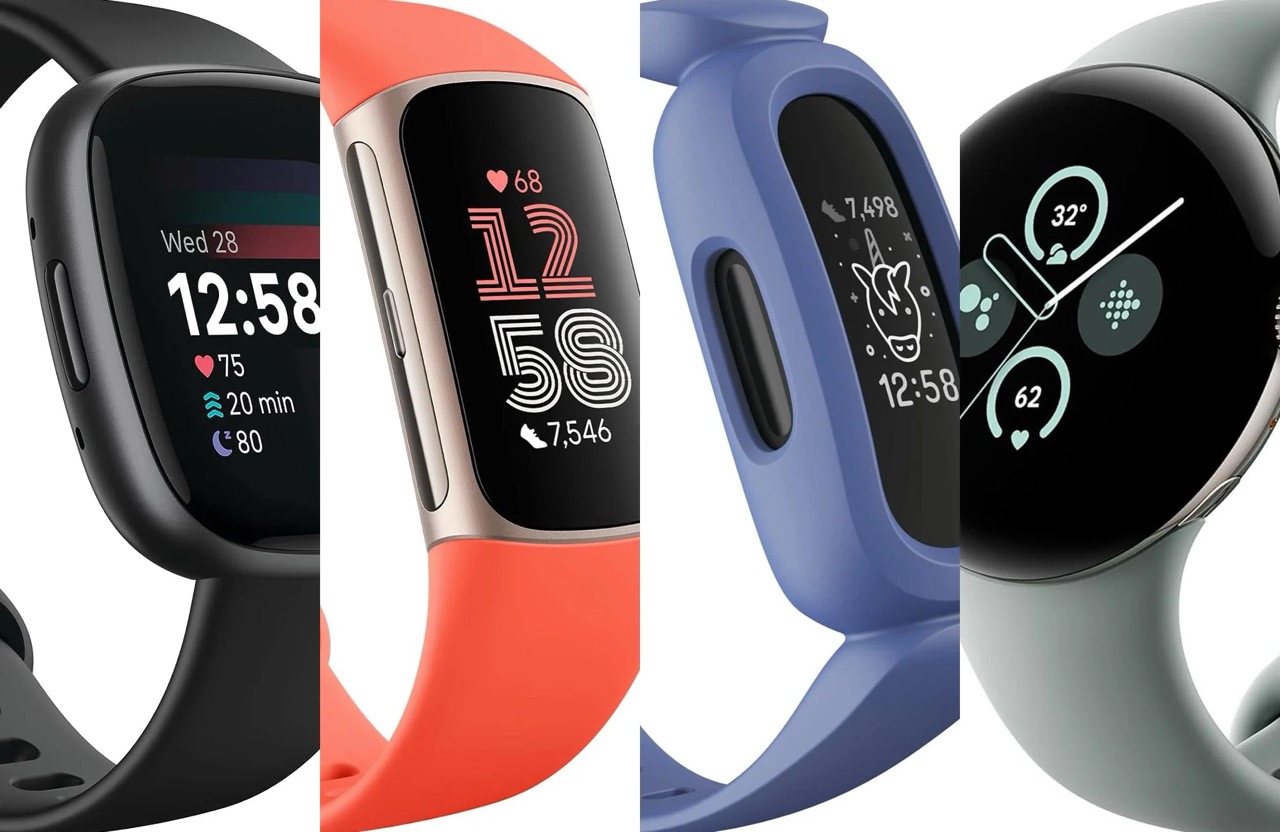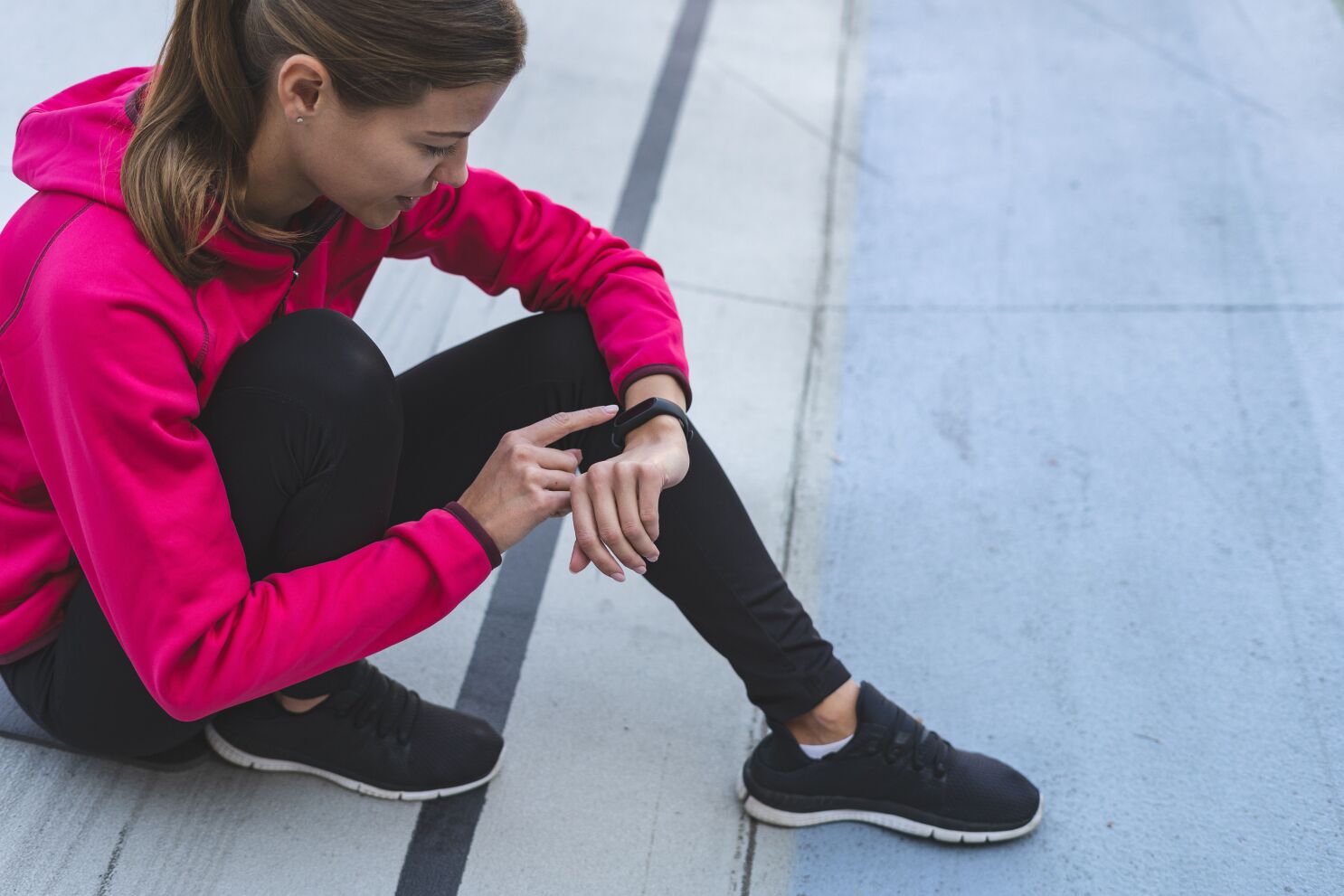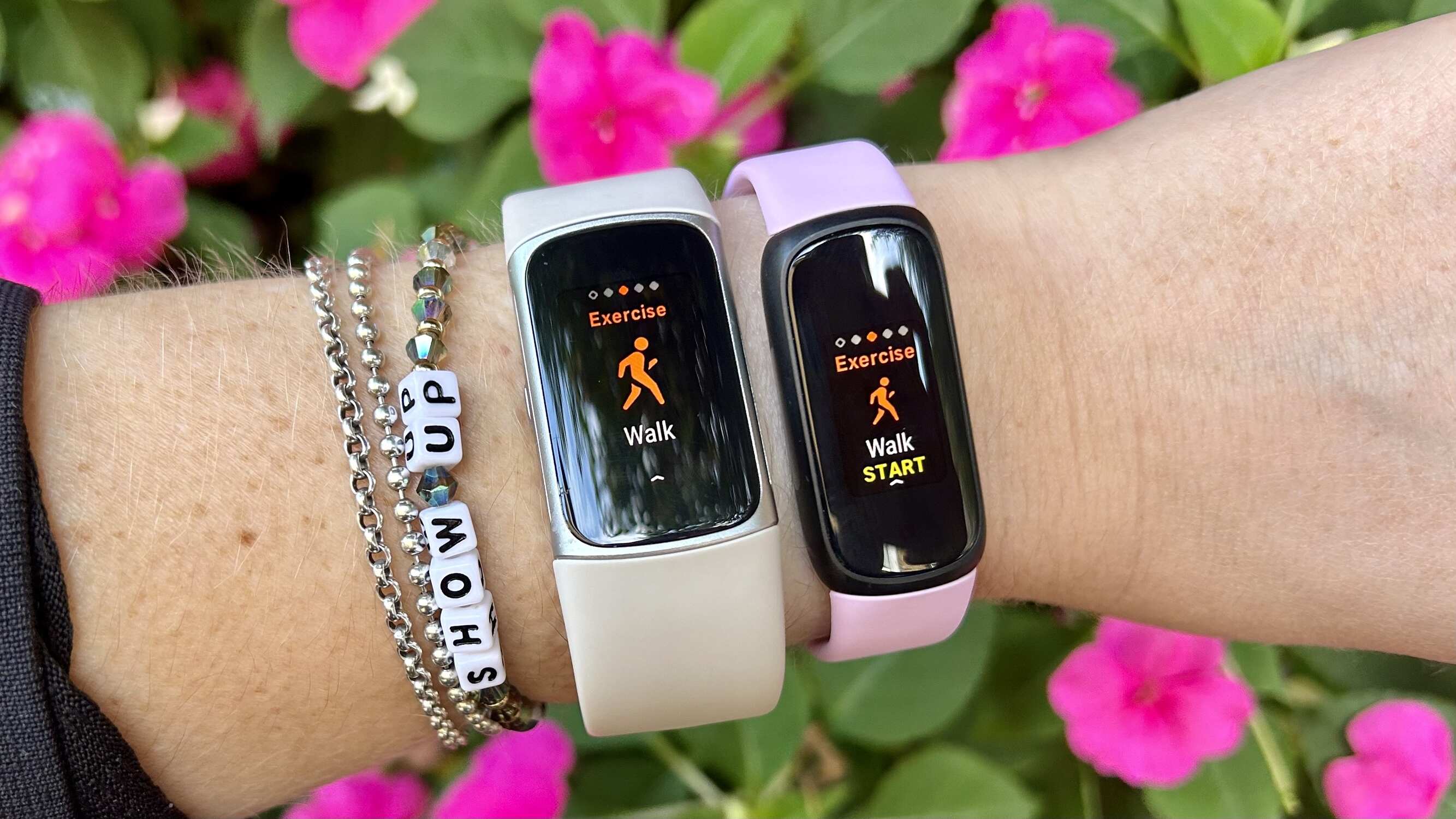Introduction
When it comes to fitness tracking, wearable devices have revolutionized the way we monitor our physical activity. Fitbit, a leading brand in the wearables market, offers a range of features to help users achieve their fitness goals. One crucial aspect of Fitbit's functionality is the ability to customize stride length. Understanding and adjusting stride length on Fitbit can significantly impact the accuracy of distance measurements and the overall tracking of physical activity.
The stride length setting on a Fitbit device determines the distance covered with each step, playing a pivotal role in accurately tracking activities such as walking, running, and hiking. By customizing this setting to match your individual stride length, you can ensure that your Fitbit accurately records the distance you cover during workouts and daily activities.
In this comprehensive guide, we will delve into the significance of stride length customization on Fitbit devices. We'll explore the reasons why adjusting stride length is essential for accurate activity tracking and provide a step-by-step tutorial on how to customize this setting. Additionally, we'll share valuable tips to help you optimize your Fitbit experience by fine-tuning your stride length setting.
Understanding the intricacies of stride length customization empowers Fitbit users to maximize the accuracy of their activity tracking, ultimately enhancing their fitness journey. Whether you're a seasoned athlete or someone embarking on a new fitness regimen, grasping the importance of stride length customization can elevate the precision of your Fitbit's performance and provide a more tailored fitness tracking experience.
Join us as we unravel the nuances of adjusting stride length on Fitbit and discover the transformative impact it can have on your fitness tracking endeavors. Let's embark on this insightful exploration to unlock the full potential of your Fitbit device.
Understanding Stride Length
Stride length is a fundamental metric in the realm of fitness tracking, particularly for individuals utilizing wearable devices like Fitbit to monitor their physical activity. In simple terms, stride length refers to the distance covered with each step taken while walking, running, or engaging in any form of locomotion. It plays a pivotal role in determining the overall distance traveled during a workout or throughout the day.
The stride length setting on a Fitbit device directly influences the accuracy of distance measurements, impacting the precision of activity tracking. By customizing this setting to align with your individual stride length, you can ensure that your Fitbit accurately records the distance covered during various activities. This customization is especially crucial for individuals with unique gait patterns or those who engage in activities that may deviate from the standard walking or running motions.
Understanding your stride length is essential for optimizing the functionality of your Fitbit device. It is not a fixed or universal value, as stride length varies from person to person based on factors such as height, leg length, and individual gait patterns. By gaining insight into your specific stride length, you can fine-tune your Fitbit's settings to reflect this personalized metric, leading to more precise activity tracking and distance measurements.
Moreover, comprehending the significance of stride length customization empowers users to make informed decisions regarding their fitness goals. Whether aiming to achieve a certain daily step count, accurately track running distances, or monitor overall physical activity, having a clear understanding of stride length facilitates a more tailored and effective approach to fitness tracking.
In essence, understanding stride length is akin to unlocking the true potential of your Fitbit device. It allows users to harness the full capabilities of their wearable technology, ensuring that their activity tracking aligns with their unique physiology and movement patterns. By delving into the intricacies of stride length and its impact on Fitbit functionality, users can elevate the accuracy and relevance of their fitness data, ultimately enhancing their overall fitness journey.
Why Adjust Stride Length on Fitbit?
Customizing stride length on Fitbit is paramount for ensuring accurate activity tracking and distance measurements. The default stride length setting on Fitbit may not always align with an individual's unique gait patterns and physical characteristics. Therefore, adjusting this setting to reflect one's actual stride length is essential for optimizing the precision of fitness tracking.
One of the primary reasons to adjust stride length on Fitbit is to enhance the accuracy of distance measurements. By customizing the stride length setting to match one's actual stride, users can ensure that the distance covered during activities such as walking, running, or hiking is precisely recorded. This is particularly significant for individuals with non-standard gait patterns or those who engage in activities that deviate from typical walking or running motions. By adjusting the stride length setting, users can mitigate potential inaccuracies in distance tracking, resulting in more reliable fitness data.
Furthermore, customizing stride length on Fitbit is crucial for individuals with unique physical attributes, such as varying leg lengths or distinct walking styles. By adjusting the stride length setting to accommodate these individual differences, users can tailor their Fitbit's activity tracking to accurately reflect their movements. This personalization ensures that the device captures the nuances of each user's gait, ultimately leading to more precise distance calculations and activity monitoring.
Moreover, adjusting stride length on Fitbit is essential for users who engage in activities that involve unconventional or non-linear movements. Whether it's navigating challenging terrain during a hike or incorporating varied movements into a workout routine, customizing the stride length setting enables the Fitbit to adapt to these diverse activities. By accurately capturing the distance covered in such scenarios, users can gain a comprehensive overview of their physical exertion, thus optimizing their fitness tracking experience.
In essence, adjusting stride length on Fitbit is imperative for aligning the device's activity tracking with the user's unique physiology and movement patterns. By customizing this setting, individuals can ensure that their Fitbit accurately records their physical activities, leading to more precise distance measurements and a tailored fitness tracking experience. This level of customization empowers users to maximize the accuracy and relevance of their fitness data, ultimately enhancing their overall fitness journey.
How to Adjust Stride Length on Fitbit
Adjusting the stride length on your Fitbit device is a straightforward process that can significantly enhance the accuracy of your activity tracking. By customizing this setting to match your individual stride length, you can ensure that your Fitbit accurately records the distance covered during various physical activities. Here's a step-by-step guide to help you seamlessly adjust your stride length setting on Fitbit:
-
Accessing the Fitbit App: Begin by opening the Fitbit app on your smartphone or tablet. Ensure that your Fitbit device is synced with the app to enable seamless customization of settings.
-
Navigating to the Account Tab: Within the Fitbit app, locate and tap on the "Account" tab, typically located in the bottom right corner of the screen. This will direct you to your account settings and device preferences.
-
Selecting Your Fitbit Device: Once in the Account section, select your specific Fitbit device from the list of connected devices. This step is essential to access the device settings and customization options.
-
Choosing Stride Length Settings: Within the device settings, navigate to the "Exercise" or "Activity" settings, where you will find the option to customize your stride length. Select the "Stride Length" or "Custom Stride Length" option to proceed with the customization process.
-
Inputting Your Stride Length: Upon selecting the "Stride Length" option, you will be prompted to input your personalized stride length value. This can be done by manually entering the accurate measurement of your stride length in inches or centimeters, depending on your preference.
-
Saving Your Customized Stride Length: After inputting your stride length value, ensure to save the changes within the Fitbit app. This finalizes the customization process, updating your Fitbit device with the personalized stride length setting.
By following these simple steps, you can effectively adjust the stride length on your Fitbit device, aligning it with your individual gait patterns and physical characteristics. This customization empowers you to maximize the accuracy of distance measurements and activity tracking, ultimately enhancing your fitness tracking experience.
Customizing your stride length setting on Fitbit is a proactive approach to ensuring that your device accurately captures the distance covered during various activities, providing you with reliable and personalized fitness data. This seamless customization process empowers users to tailor their Fitbit's functionality to suit their unique physiology and movement patterns, ultimately optimizing their fitness tracking endeavors.
Tips for Customizing Stride Length
Customizing stride length on your Fitbit device is a pivotal step in optimizing the accuracy of your activity tracking. While the process of adjusting stride length is straightforward, incorporating additional tips can further enhance the precision of your fitness data. Here are valuable tips to consider when customizing your stride length setting on Fitbit:
-
Measure Your Stride Length Manually: While Fitbit provides an option to input your stride length directly into the app, manually measuring your stride length can yield more accurate results. To do this, find a flat, open space and mark a starting point on the ground. Take ten steps, ensuring they are of normal length, and mark the ending point. Measure the distance between the two marks and divide it by the number of steps to obtain your average stride length. Inputting this precise value into your Fitbit app can significantly enhance the accuracy of your activity tracking.
-
Consider Different Activities: It's important to recognize that your stride length may vary across different activities. For instance, your stride length while walking may differ from that while running or hiking. When customizing your stride length on Fitbit, consider inputting separate values for various activities to ensure that each type of movement is accurately tracked. This nuanced approach can provide more detailed and tailored fitness data.
-
Regularly Review and Update: As your fitness level and gait patterns evolve over time, it's beneficial to periodically review and update your customized stride length setting. Factors such as improved fitness, changes in footwear, or alterations in walking or running techniques can impact your stride length. By revisiting and adjusting this setting as needed, you can maintain the precision of your Fitbit's activity tracking.
-
Utilize GPS Tracking for Validation: If your Fitbit device includes GPS tracking functionality, consider utilizing it to validate the accuracy of your customized stride length. Engage in a known-distance activity, such as walking or running a measured route, and compare the distance recorded by your Fitbit with the actual distance. If discrepancies are identified, it may be beneficial to refine your customized stride length to achieve greater alignment with real-world distances.
-
Consult Fitness Professionals: For individuals with specific fitness goals or those engaging in targeted training programs, consulting fitness professionals or personal trainers can provide valuable insights into customizing stride length on Fitbit. These experts can offer guidance on optimizing stride length settings to align with training objectives, ensuring that activity tracking accurately reflects the intensity and effectiveness of workouts.
By incorporating these tips into the customization of your stride length setting on Fitbit, you can elevate the accuracy and relevance of your fitness tracking. This proactive approach empowers you to fine-tune your Fitbit device to align with your unique physiology and movement patterns, ultimately enhancing the precision of your activity tracking and providing a tailored fitness experience.
Conclusion
In conclusion, the customization of stride length on Fitbit devices holds immense significance in optimizing the accuracy and relevance of activity tracking. By delving into the intricacies of stride length and its impact on fitness monitoring, users can unlock the full potential of their Fitbit devices, ensuring that their physical activities are accurately recorded and measured.
The process of adjusting stride length on Fitbit is not merely a technical customization; it represents a proactive step towards tailoring fitness tracking to align with individual gait patterns, physical characteristics, and unique movement styles. This level of personalization empowers users to transcend the limitations of standard settings and embrace a more nuanced approach to activity tracking.
Through the comprehensive understanding of stride length and its customization, users can achieve a more holistic and precise representation of their physical exertion. By accurately capturing the distance covered during activities such as walking, running, or hiking, Fitbit users can gain valuable insights into their fitness progress and overall physical well-being.
Moreover, the incorporation of personalized stride length settings serves as a testament to the adaptability and versatility of Fitbit devices. Whether navigating challenging terrains, engaging in diverse workout routines, or simply pursuing daily physical activities, the ability to customize stride length enables Fitbit to seamlessly align with the dynamic nature of users' movements.
As technology continues to intersect with fitness and wellness, the customization of stride length on Fitbit exemplifies the convergence of personalized data and actionable insights. It empowers users to make informed decisions, set realistic fitness goals, and track their progress with unparalleled precision.
Ultimately, the journey of adjusting stride length on Fitbit transcends conventional fitness tracking; it represents a personalized odyssey towards optimizing one's physical activity monitoring. By embracing this customization, users can embark on a transformative fitness experience, where every step is accurately captured, and every movement is a testament to their unique fitness journey.







